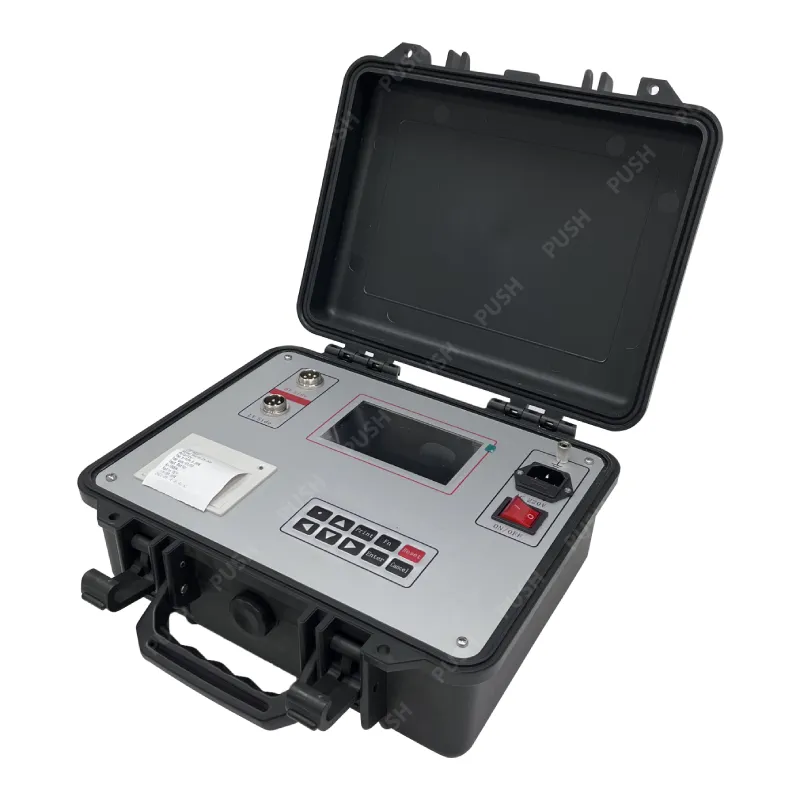 English
English



-
 Afrikaans
Afrikaans -
 Albanian
Albanian -
 Amharic
Amharic -
 Arabic
Arabic -
 Armenian
Armenian -
 Azerbaijani
Azerbaijani -
 Basque
Basque -
 Belarusian
Belarusian -
 Bengali
Bengali -
 Bosnian
Bosnian -
 Bulgarian
Bulgarian -
 Catalan
Catalan -
 Cebuano
Cebuano -
 China
China -
 China (Taiwan)
China (Taiwan) -
 Corsican
Corsican -
 Croatian
Croatian -
 Czech
Czech -
 Danish
Danish -
 Dutch
Dutch -
 English
English -
 Esperanto
Esperanto -
 Estonian
Estonian -
 Finnish
Finnish -
 French
French -
 Frisian
Frisian -
 Galician
Galician -
 Georgian
Georgian -
 German
German -
 Greek
Greek -
 Gujarati
Gujarati -
 Haitian Creole
Haitian Creole -
 hausa
hausa -
 hawaiian
hawaiian -
 Hebrew
Hebrew -
 Hindi
Hindi -
 Miao
Miao -
 Hungarian
Hungarian -
 Icelandic
Icelandic -
 igbo
igbo -
 Indonesian
Indonesian -
 irish
irish -
 Italian
Italian -
 Japanese
Japanese -
 Javanese
Javanese -
 Kannada
Kannada -
 kazakh
kazakh -
 Khmer
Khmer -
 Rwandese
Rwandese -
 Korean
Korean -
 Kurdish
Kurdish -
 Kyrgyz
Kyrgyz -
 Lao
Lao -
 Latin
Latin -
 Latvian
Latvian -
 Lithuanian
Lithuanian -
 Luxembourgish
Luxembourgish -
 Macedonian
Macedonian -
 Malgashi
Malgashi -
 Malay
Malay -
 Malayalam
Malayalam -
 Maltese
Maltese -
 Maori
Maori -
 Marathi
Marathi -
 Mongolian
Mongolian -
 Myanmar
Myanmar -
 Nepali
Nepali -
 Norwegian
Norwegian -
 Norwegian
Norwegian -
 Occitan
Occitan -
 Pashto
Pashto -
 Persian
Persian -
 Polish
Polish -
 Portuguese
Portuguese -
 Punjabi
Punjabi -
 Romanian
Romanian -
 Russian
Russian -
 Samoan
Samoan -
 Scottish Gaelic
Scottish Gaelic -
 Serbian
Serbian -
 Sesotho
Sesotho -
 Shona
Shona -
 Sindhi
Sindhi -
 Sinhala
Sinhala -
 Slovak
Slovak -
 Slovenian
Slovenian -
 Somali
Somali -
 Spanish
Spanish -
 Sundanese
Sundanese -
 Swahili
Swahili -
 Swedish
Swedish -
 Tagalog
Tagalog -
 Tajik
Tajik -
 Tamil
Tamil -
 Tatar
Tatar -
 Telugu
Telugu -
 Thai
Thai -
 Turkish
Turkish -
 Turkmen
Turkmen -
 Ukrainian
Ukrainian -
 Urdu
Urdu -
 Uighur
Uighur -
 Uzbek
Uzbek -
 Vietnamese
Vietnamese -
 Welsh
Welsh -
 Bantu
Bantu -
 Yiddish
Yiddish -
 Yoruba
Yoruba -
 Zulu
Zulu
power transformer type test
Understanding Power Transformer Type Tests Importance and Procedures
Power transformers are vital components in electrical power systems, responsible for transferring electrical energy between different voltage levels. The reliability and efficiency of these transformers are paramount, necessitating meticulous testing protocols before they are commissioned for service. Among these protocols, power transformer type tests play a crucial role in verifying the performance and stability of the transformer under various operating conditions.
What Are Type Tests?
Type tests are routine procedures designed to evaluate the performance characteristics of power transformers according to specified standards, such as IEC (International Electrotechnical Commission) or ANSI (American National Standards Institute). These tests aim to ensure that the transformers meet the required specifications, performance criteria, and safety norms. Type tests are typically carried out on a prototype transformer design to confirm that it behaves as expected before mass production.
Importance of Type Tests
1. Quality Assurance Type tests provide assurance regarding the quality of the transformer. They help detect any design flaws or manufacturing issues early in the process, reducing the likelihood of failures during operation.
2. Performance Verification By evaluating various performance characteristics—such as insulation resistance, voltage ratio, and impedance—type tests ensure that transformers can operate efficiently under given operating conditions.
3. Safety Compliance These tests help to verify that the transformers comply with safety standards. This is critical, as transformers operate at high voltages, and any safety compromise could lead to catastrophic failures and risks to personnel.
4. Benchmarking Type tests serve as benchmarks for comparing different transformers. Manufacturers can use these results to validate their designs and compete effectively in the market.
Common Power Transformer Type Tests
power transformer type test

Power transformer type tests cover various aspects of transformer performance, including electrical, thermal, and mechanical properties. Some of the common type tests include
1. Voltage Ratio Test This test verifies the accuracy of the transformer's voltage transformation ratio. It ensures that the output voltage corresponds to the expected values based on the primary voltage applied.
2. Insulation Resistance Test Measuring the insulation resistance between windings and between windings and the ground helps assess the dielectric strength of the transformer and its ability to prevent faults.
3. Temperature Rise Test This test determines the temperature rise of transformer windings under load conditions. This is essential for assessing the cooling performance and ensuring that the transformer operates within safe thermal limits.
4. Short-Circuit Test Conducted to evaluate the short-circuit stability of the transformer. The test checks the transformer's ability to withstand short-circuit conditions without sustaining damage, which is critical for system reliability.
5. No-Load Losses and Efficiency Test This test evaluates the transformer’s core losses while operating without load, providing insights into its efficiency characteristics. It is crucial for calculating operational costs over the transformer's lifespan.
6. Sweep Frequency Response Analysis This advanced technique assesses mechanical stability through frequency-based measurements, identifying potential issues in the internal structure of the transformer.
Conclusion
Power transformer type tests play an indispensable role in the manufacturing and quality assurance process of electrical transformers. By simulating various operating conditions, these tests not only validate the transformer’s design but also provide critical data on its efficiency and safety. Investing in thorough type testing safeguards against future operational failures and enhances the overall reliability of power delivery systems. As electrical demands continue to grow, the importance of robust and reliable power transformers cannot be overstated—ensuring that type tests remain a top priority within the industry.
-
Testing Equipment Industry Sees Major Advancements in 2025: Smart & Precision Technologies Lead the WayNewsJun.06,2025
-
Applications of Direct Current Generators in Renewable Energy SystemsNewsJun.05,2025
-
Hipot Tester Calibration and Accuracy GuidelinesNewsJun.05,2025
-
Digital Circuit Breaker Analyzer Features and BenefitsNewsJun.05,2025
-
Benefits of Real-Time Power Quality Monitoring Devices for Industrial EfficiencyNewsJun.05,2025
-
Earth Fault Loop Testing in High-Rise Building Electrical SystemsNewsJun.05,2025



